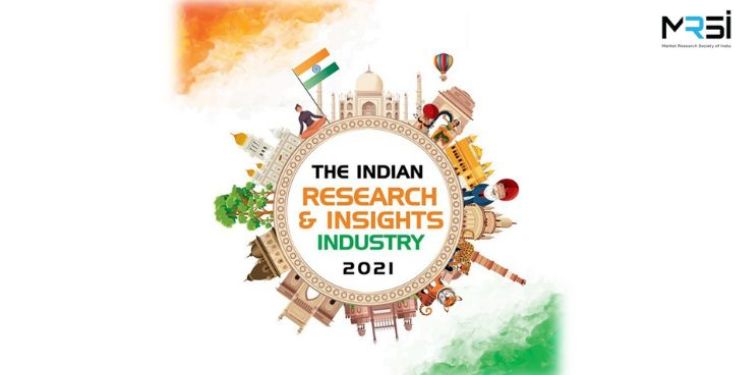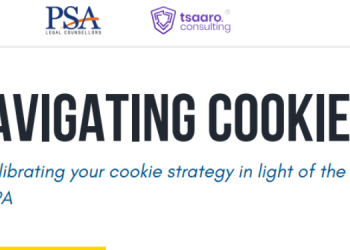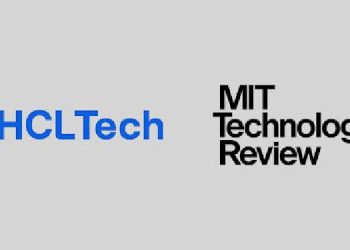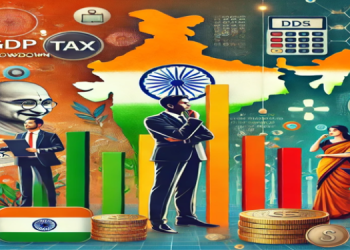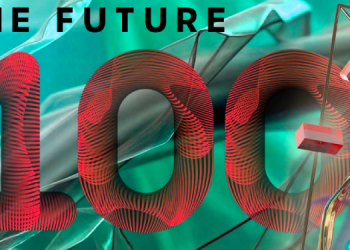The Market Research Society of India (MRSI) is a unique, dynamic and a not-for-profit autonomous market research body formed in 1988 by the fraternity of research suppliers and users across India. MRSI’s report on Research & Insights Industry in 2021, covers the expanded definition of ‘research and insights’ including the traditional market research agencies, pure-play analytics firms, captives of global companies, outsourcing and various technology providers.
According to the report, the revenue of Indian research and insights industry is expected to double by FY26, primarily driven by the increasing demand for analytics, also fueled by international demand. Due to pandemic, FY21 revenue was expectedly impacted with the biggest declines in custom MR services and syndicated products. The strong turnaround seen in H2 FY21 continues in the first half of current year (FY22), in line with economic recovery in both Indian and international markets.

International business grew at a robust pace in FY21 despite the pandemic, key drivers being demand for analytics and greater acceptance of the benefits of outsourcing in several major markets. Domestic custom market research services to recover and grow at double digits in FY22 and reach pre-pandemic levels. Thereafter, growth till FY26 is expected to settle at a rate of around 6pc to 7pc.
FMCG, Retail, ICT and BFSI are the largest buyers of research and insights services in 2021, and these sectors will continue to dominate. Fintech and digitalisation will drive demand from these sectors, both in international and Indian markets. Verticals that got severely affected by pandemic in FY21, such as Travel and Hospitality, are expected to bounce back stronger due to pent-up demand.
Apart from agencies that cater to the domestic market, there are a large number of companies that serve international markets. These include those who provide purely research services, report publishers, diversified BPO and IT firms, KPOs and captives of multinationals. While these companies have different origins and strategies, the industry is witnessing a convergence in service offerings.
With the role of technology growing and the declining share of traditional services, the definition of a ‘full-service’ research agency is changing and lines between player types are blurring. IT and BPO companies are muscling into market research as well as analytics. Report publishers are re-focusing on consulting or custom research. Large cash-rich companies in traditional consumer MR and IT/BPOs are aggressively acquiring niche analytics firms. Enthusiasm for Indian start-ups, coupled with the robust global demand outlook, means that their private and public funding is likely to scale new peaks in India.
Roughly 110,000 to 115,000 full-time employees are estimated as the workforce for the research and insights industry in FY21. Workforce in analytics would increase by close to 15pc annually, for the next few years.
The Indian research and insights industry is on the path to adopting and adapting to the current and up-to-date version of “MR 3.0” The consolidation of businesses and blurring of lines between types of players is part of this trend. The use of technology is another marker of the emergence of MR 3.0.
Online data gathering methods, online qualitative and online panels have gained traction in India. Growth in DIY platforms is seen, and this will encourage small-budget companies to start using market research more often. Moving beyond simple analytics, service providers are helping clients gain valuable insights using advanced analytics such as natural language processing (NLP), machine learning (ML), predictive analytics and decision intelligence frameworks
Trends to continue and intensify in 2026
More technology and business model disruption is foreseen: Technologies such as AI and analytics will be the new economic currency for the market research and insights industry. Rapid digitalization will pervade more sectors and create more data trails. Productization and platform-based services will gain more traction.
Blended Story Telling: In the coming years, there will be specialists who would excel in Q & A based research and those who will excel in listening. That would lead to the creation of a new breed of researchers, Consumer Data Scientists, those who understand marketing, research and technology and have the ability to distil all three to deliver powerful insight.
The need for insights and data will become important in this radically changing world: The focus will shift from asking to observing, questioning to discussing, collection to analysis, insight to foresight, rational to emotional, large surveys to data streams, geographically fixed to mobile, siloed to converged, cognitive self-reporting to precognitive neurosensing, and project-based work to engagement-based consulting.

